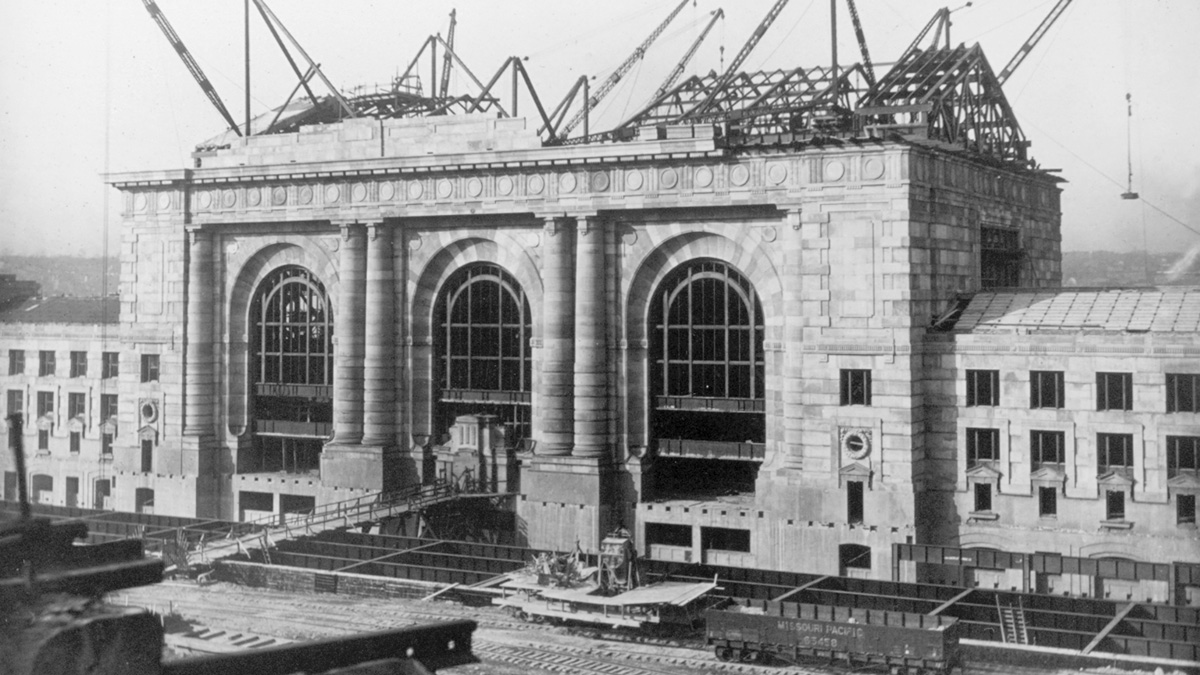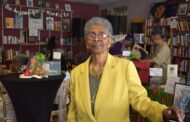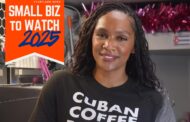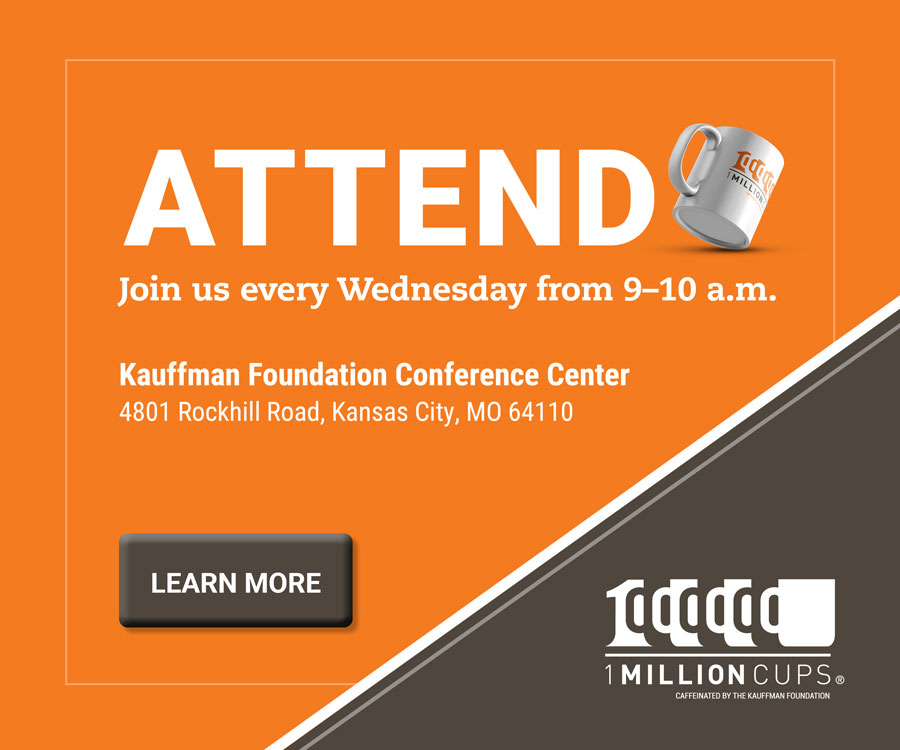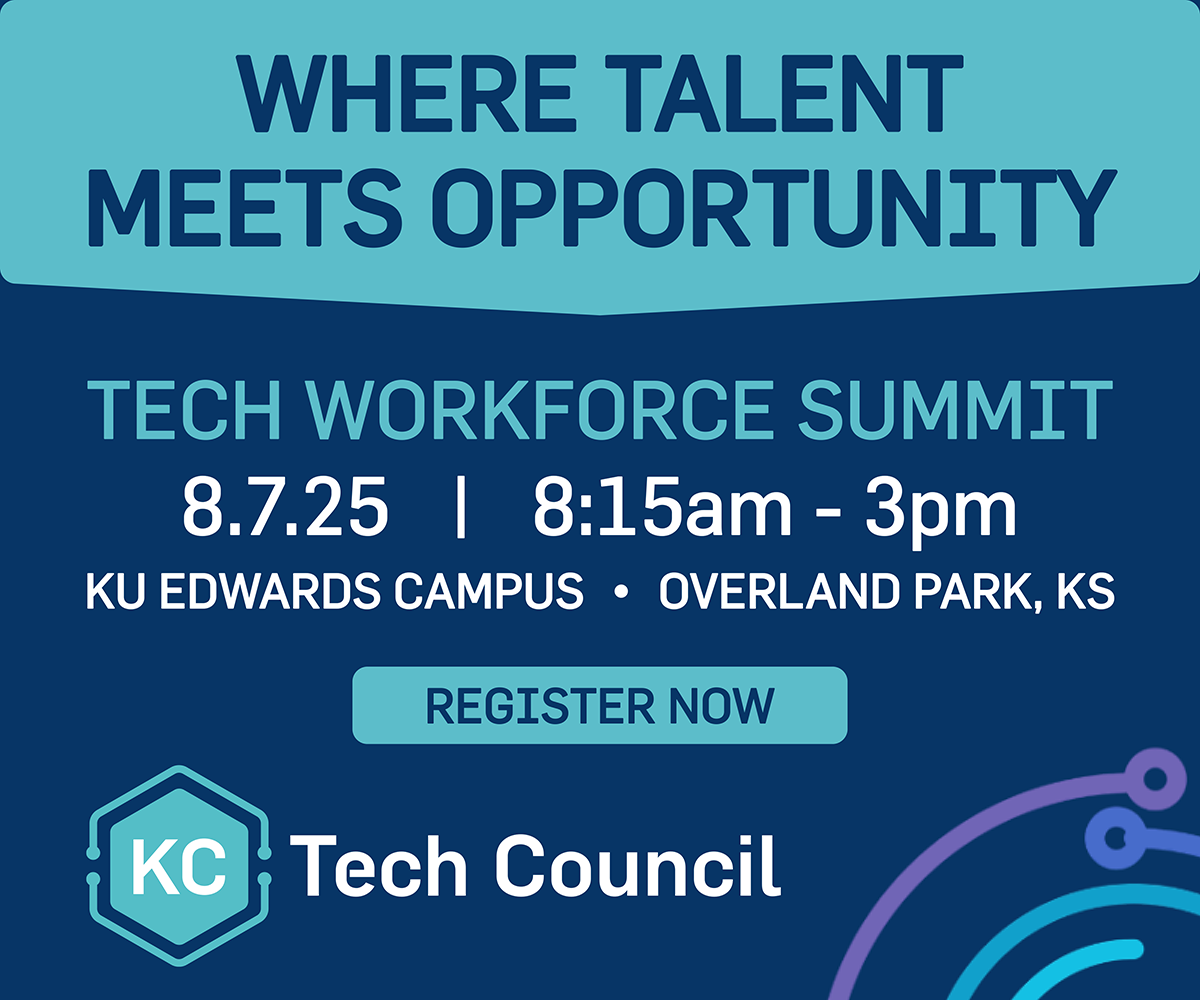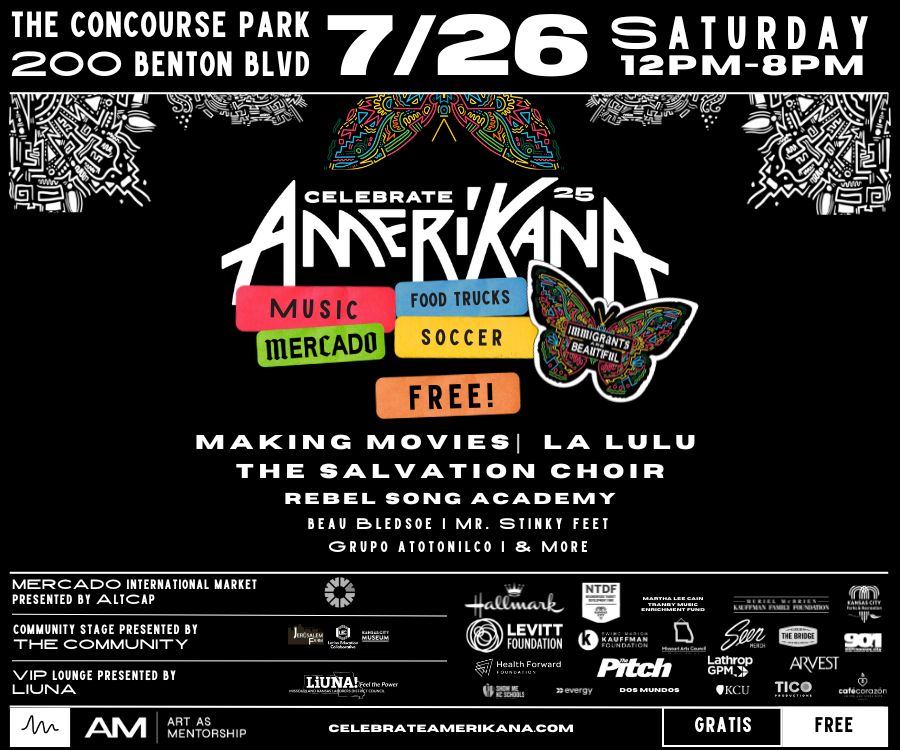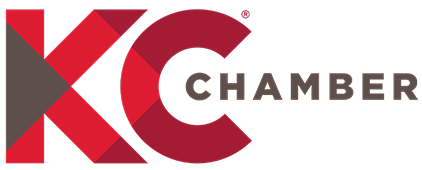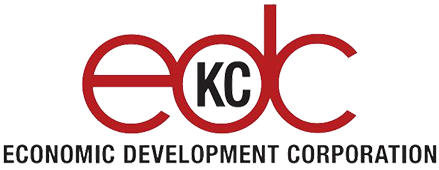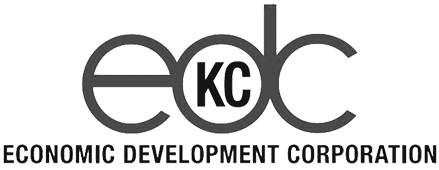Editor’s Note: Nick Ward-Bopp co-manages the MakerSpace at the Johnson County Library, helping the community use tools for digital fabrication like 3D printers and laser cutters. He also spends his nights and weekends co-running Maker Village — a small wood and metal shop in Midtown Kansas City — where it focused on building community through workshops with neighbors, nonprofits and artists. The opinions expressed in the commentary are the author’s alone.
Kansas City has a rich, gritty history of making that goes back hundreds of years — long before the modern maker movement that is driven by silicone, filament, bits and bites.

Ward-Bopp
If you can imagine, in the 1870s, hundreds of thousands of livestock animals were arriving each year in Kansas City’s West Bottoms, which had over 100-acres planked in 3-inch cypress boards. The growth of the stockyards catalyzed industries including metalworking, carpentry, railroads, brickmaking, meatpacking, slaughterhouses, ice houses and many more. Hell, we built a state-of-the-art convention hall in 90 days to bring the Democratic National Convention to town in 1900 because the old one burned down.
Then there is Union Station, which was built in 1914. At the time, it was the third-largest train station in the United States with over 15 acres of rail under one roof. Did you know that in 1921, Walt Disney took classes at the Kansas City Art Institute and bathed once a week at Union Station while trying to launch a film-studio near 31st & Troost?
The founder of Hallmark, Joyce Hall, started his career in Kansas City selling postcards out of a shoebox door-to-door before Hallmark became the ubiquitous choice for gift giving everywhere. Hallmark’s prestige helped Joyce Hall to talk Winston Churchill into putting his personal paintings on Hallmark cards, a controversial move that eventually earned him a CBE — Commander of the Most Noble Order of the British Empire — in 1961.
The man responsible for the Kansas City Royals, Ewing Kauffman, got his start by selling calcium supplements from his basement that were made from crushed oyster shells. The success of Kauffman’s first company, Marion Labs, allowed him to start a foundation in 1966, whose focus would become entrepreneurship and education. The Kauffman Foundation currently has a more than $2 billion endowment and is a big supporter of the maker movement in Kansas City. In 2015, Kauffman committed a three-year 1 million dollar investment to help grow Maker Faire KC’s annual presence at Union Station.
Fast forward to today and we have invention and prototyping competitions like Make 48 happening at shiny, new high-tech facilities like the Fab Lab at the Kansas City Art Institute. The contemporary maker movement is broadly described as the technology-based DIY culture that has been catalyzed by information sharing, crowdfunding and patent expiration.
But the maker movement is vast and inclusive with many disciplines ranging from fashion and printmaking to sewing and gardening. To keep this article digestible, I am going to highlight some of the resources that entrepreneurs could use for physical prototypes in and around the area.
Want to design and fabricate a prototype yourself?
- BTC FabLab at Metropolitan Community College – $100/6 months
- Hammerspace Community Workshop – $40/month
- Lawrence Creates Makerspace – $20/month
- Black & Veatch MakerSpace at the Johnson County Library – Free
Want to pay someone to do it for you?
- Pivot International
- Built-to-Spec Design and Fabrication Services
- R2Fact Product Development
- Steel Table Group
- The Handy Camel
Need to buy hardware, material or components?
- Microcenter
- Electronics Supply Co., Inc.
- Metal by the Foot
- Artist & Craftsmen Supply
- Creation Hardware
- Regal Plastics
- Cast-Tech Inc.
